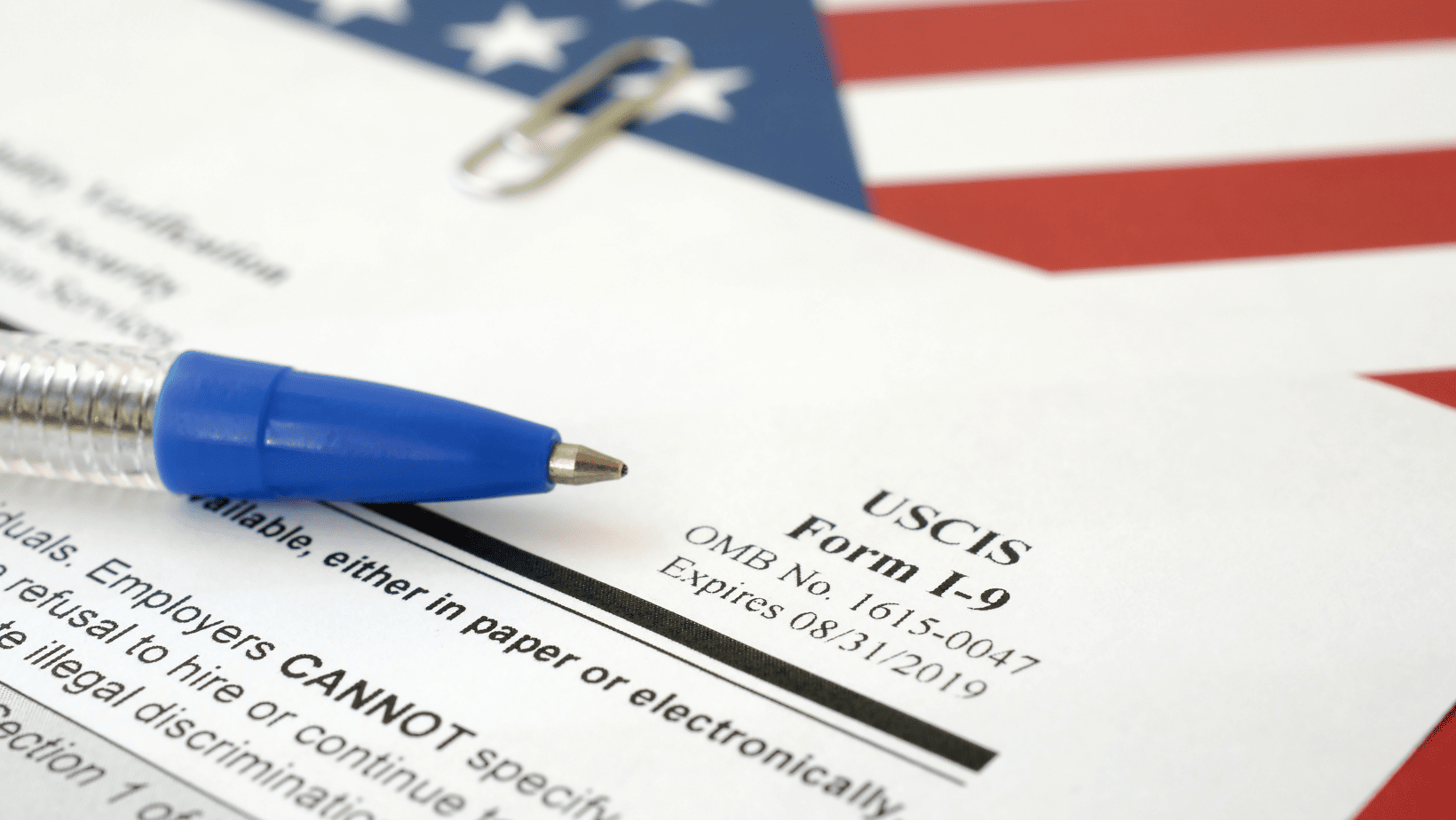Below steps provides instructions on the procedure for correcting Form I-9 errors or omissions.
- If the employee is no longer working for the employer, the employer should attach to the existing form a signed and dated statement identifying the error or omission and explaining why corrections could not be made (e.g., because the employee no longer works for the employer).
- Only employees should correct errors, or omissions in Section 1 of the form. Only employers should correct errors or omissions in Sections 2 and 3.
- Corrections should be made by drawing a line through the incorrect information, entering the corrected or omitted data, and initialing and dating the correction.
- If a Form I-9 was never completed or is missing, the current version of the Form I-9 should be completed as soon as possible.
- If an original Form I-9 exists but either Section 1 or Section 2 was never completed, the employee (for Section1) or the employer (for Section 2) should complete the section as soon as possible. In both scenarios, the employer should not backdate the form, but should clearly state the actual date employment began in the certification portion of Section 2. The employer should attach a signed and dated explanation of the corrective action taken.
- Employers that made multiple errors in Section 2 or 3 of the form may redo the section(s) containing the errors on a new Form I-9, and attach it to the previously completed form. Employers must give employees the opportunity to present acceptable documentation of the employee’s choice to bring the Form I-9 into compliance.
- Employers should not hide any changes made on the form, by erasing text or using correction fluid.
- When a Form I-9 does not reflect that the employee provided sufficient documentation upon hire or reverification under Form I-9 rules current at the time of hire or reverification, an employer should ask the employee to present documentation sufficient to meet the requirements of the current version of the Form I-9. The employer should staple the completed and signed Section 2 or 3 of the current version of the Form I-9 to the employee’s previous Form I-9, together with a signed and dated explanation of the corrective action taken. The employer should not backdate the Form I-9. An employer must give an employee the option to present acceptable documentation of the employee’s choice to bring the Form I-9 into compliance with the INA.
- The standard for reviewing Form I-9 documentation during an internal audit does not change from the standard applied during the initial employment eligibility verification process. An employer is required to accept original Form I-9 documentation that reasonably appears to be genuine and to relate to the individual presenting the documentation. If an employer subsequently concludes that a document does not appear to be genuine or to relate to the person who presented it, the employer should address its concern with the employee and provide the employee with the opportunity to choose a different document to present from the Lists of Acceptable Documents.
- An employer may not conclude without foundation that a photocopy of an employee’s Form I-9 documentation is not genuine or does not relate to the individual. In the context of an internal audit, for an employer that has photocopied Form I-9 documentation, it should recognize that it may not be able to definitively determine the genuineness of Form I-9 documentation based on photocopies of the documentation. An employer should not request documentation from an employee solely because photocopies of documents are unclear. Furthermore, an employer cannot use I-9 audits to discriminate against, retaliate against, and/or intimidate employees and should not terminate employees, unless the employee cannot demonstrate identity and/or work authorization.


